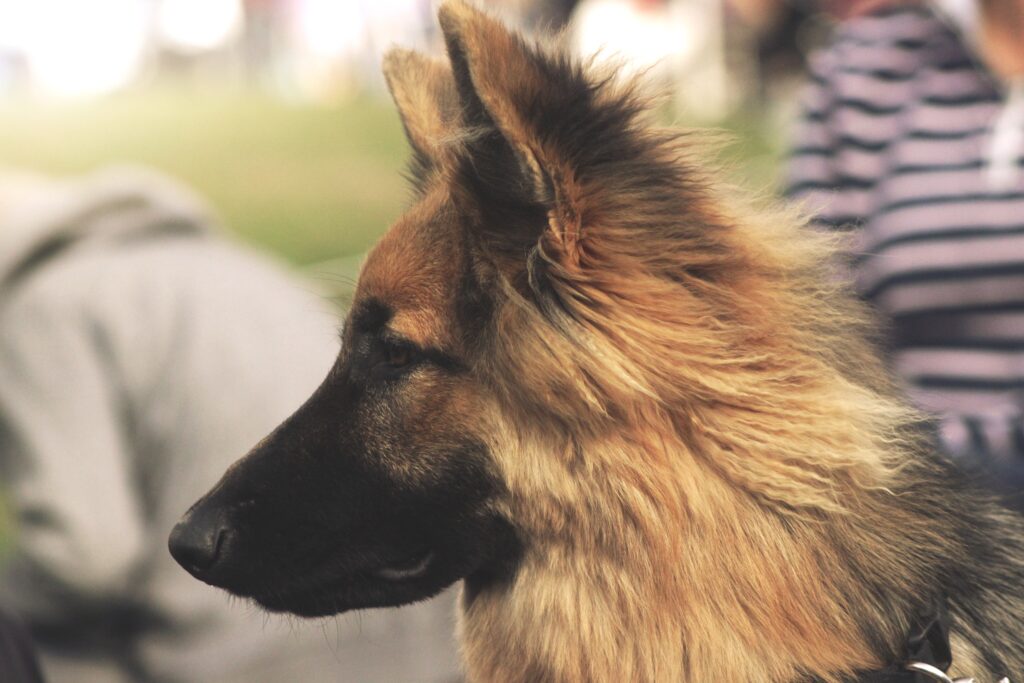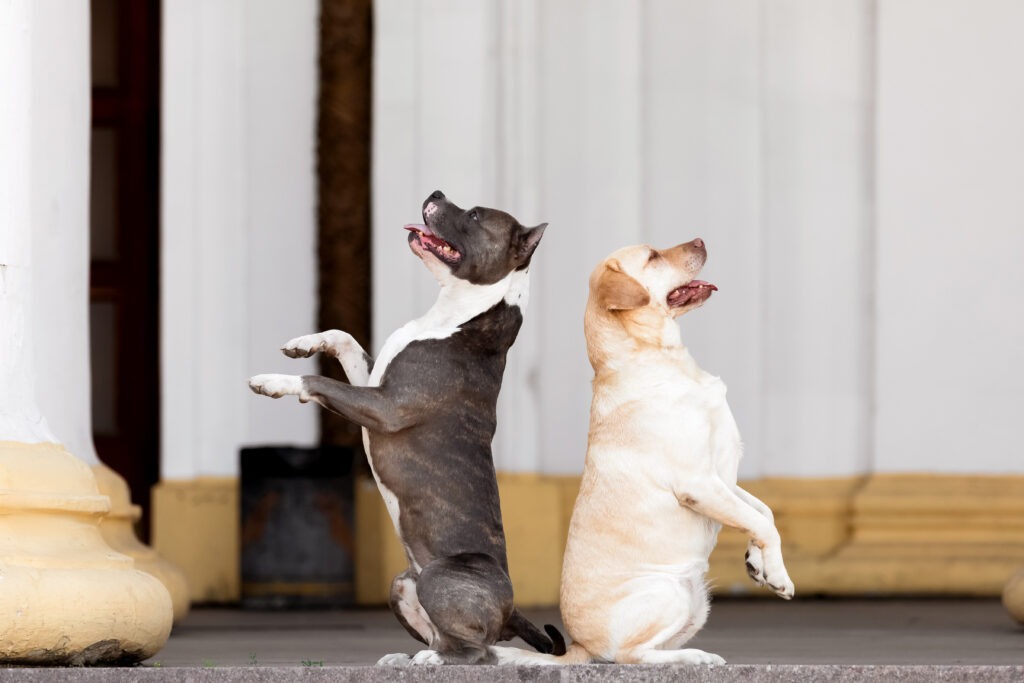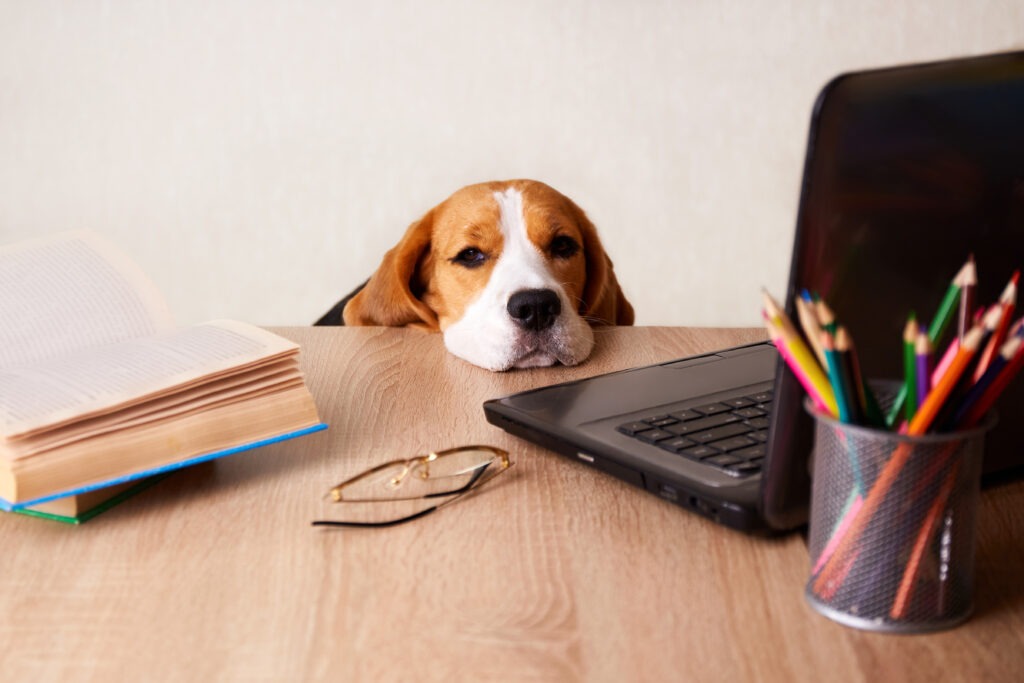Understanding Heat Cycles in Female Dogs: A Comprehensive Guide
Introduction
For dog owners, understanding the heat cycle of their female canine companions is crucial for their health and well-being. Also known as estrus, this natural part of a female dog’s reproductive cycle can be a period of significant change, affecting everything from their behavior to their physical health. This comprehensive guide aims to demystify the heat cycle, offering insights into the signs, hygiene practices, and behavioral changes associated with this phase, ensuring you can provide the best care for your furry friend.
The Basics of the Heat Cycle
The heat cycle in female dogs marks their period of fertility and occurs in several stages, typically starting from as early as six months of age, depending on the breed and size of the dog. These cycles can happen twice a year, with each cycle lasting about three weeks. Understanding these stages is key to recognizing the onset of heat and managing it effectively.
Stages of the Heat Cycle
- Proestrus: This is the beginning stage, lasting approximately 9 days. Signs include swelling of the vulva and a bloody discharge, though your dog is not yet receptive to male dogs.
- Estrus: Lasting about 9 days, this is when your dog is fertile and receptive to males. The discharge decreases and changes color.
- Diestrus: The final stage, where your dog is no longer receptive. This phase signifies the end of the heat cycle.
- Anestrus: The period between heat cycles, typically lasting about six months.
Recognizing the Signs
Beyond the physical signs, such as the swelling of the vulva and changes in discharge, there are behavioral changes to watch for. Your dog may urinate more frequently, show nervousness, or exhibit increased affection or clinginess. Appetite changes can also occur. Recognizing these signs early can help you provide the necessary care and attention.
Hygiene During the Heat Cycle
Hygiene is paramount during the heat cycle to prevent infections and keep your dog comfortable. Consider the following tips:
- Sanitary Products: Special doggy diapers or pants can help manage discharge and keep your living space clean.
- Regular Cleaning: Gently clean the vulva area with warm water to prevent bacteria buildup.
- Comfortable Bedding: Ensure your dog has a clean, comfortable place to rest, changing bedding frequently.
Behavioral Changes and Management
Behavioral changes during the heat cycle can include restlessness, aggression, or the urge to roam. To manage these changes:
- Secure Environment: Keep your dog in a secure, escape-proof area to prevent unwanted pregnancies.
- Exercise and Distraction: Maintain a routine with plenty of exercises and play to help manage restlessness and stress.
- Professional Advice: Consult with your vet for ways to manage behavior medically, including discussions on spaying if you do not plan to breed your dog.
Conclusion
The heat cycle is a natural process for female dogs, but it requires understanding and care from their owners. By recognizing the signs, maintaining hygiene, and managing behavioral changes, you can help your dog navigate this period with minimal stress. Always consult with a veterinarian for advice tailored to your dog’s specific needs, ensuring they remain healthy and happy throughout their heat cycle.
FAQs
- How long does a heat cycle last?
- Approximately three weeks, but it can vary from dog to dog.
- Can I spay my dog during her heat cycle?
- It’s generally recommended to wait until after the cycle to reduce the risk of complications during surgery.
- How can I tell if my dog is in heat?
- Look for signs like vulva swelling, bloody discharge, behavioral changes, and increased urination.
- Is it necessary to breed my dog during every heat cycle?
- No, it’s not necessary and can be harmful to breed a dog during every cycle. Consult with a vet about the best breeding practices.
- Can a dog get pregnant during her first heat cycle?
- Yes, a dog can get pregnant during her first cycle, but it’s often advised to wait until she is older for health reasons.



